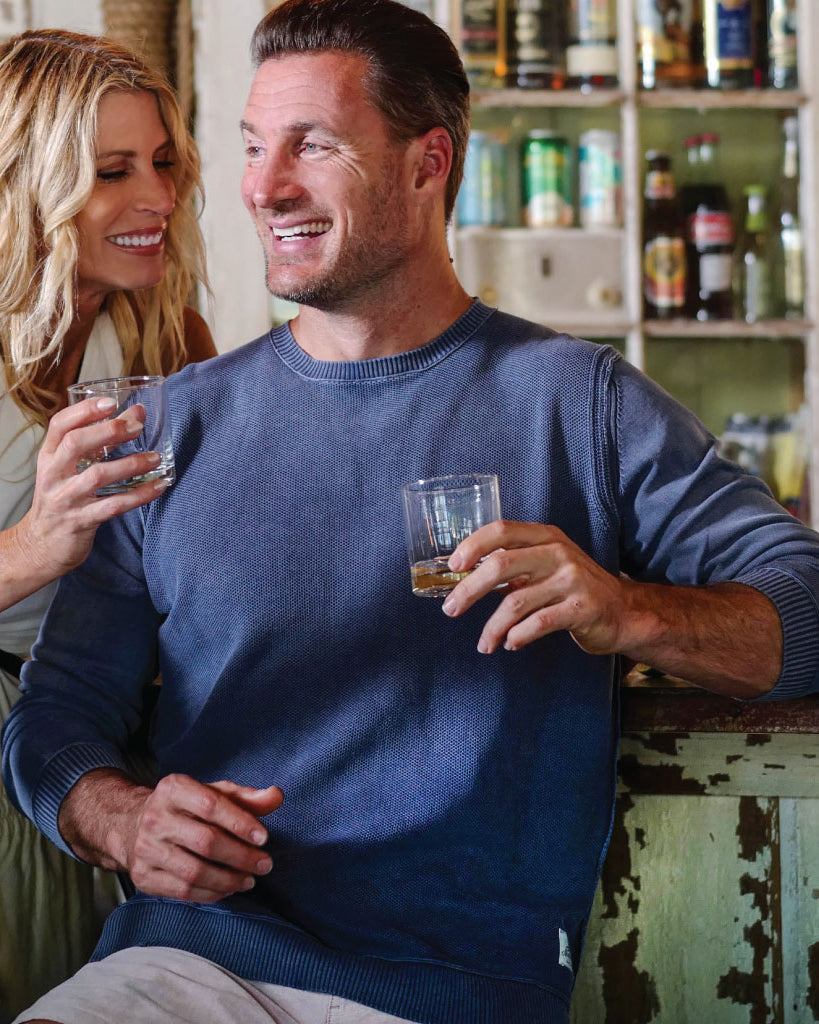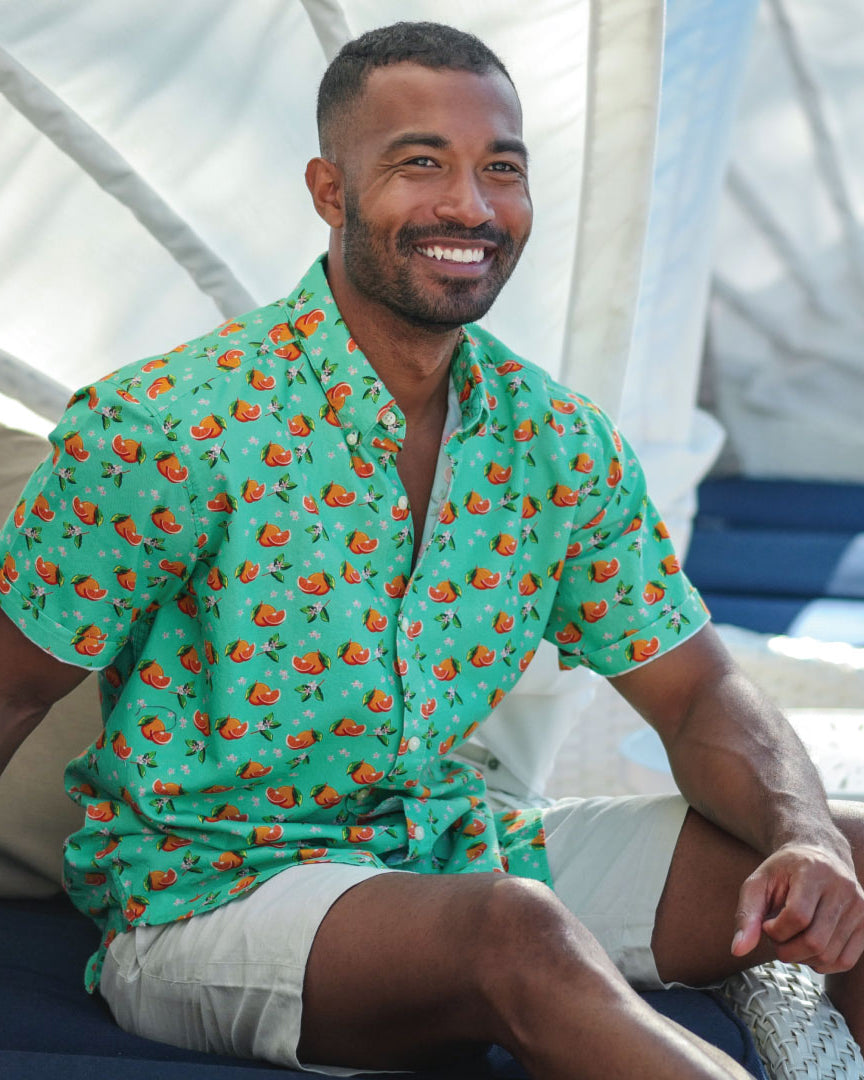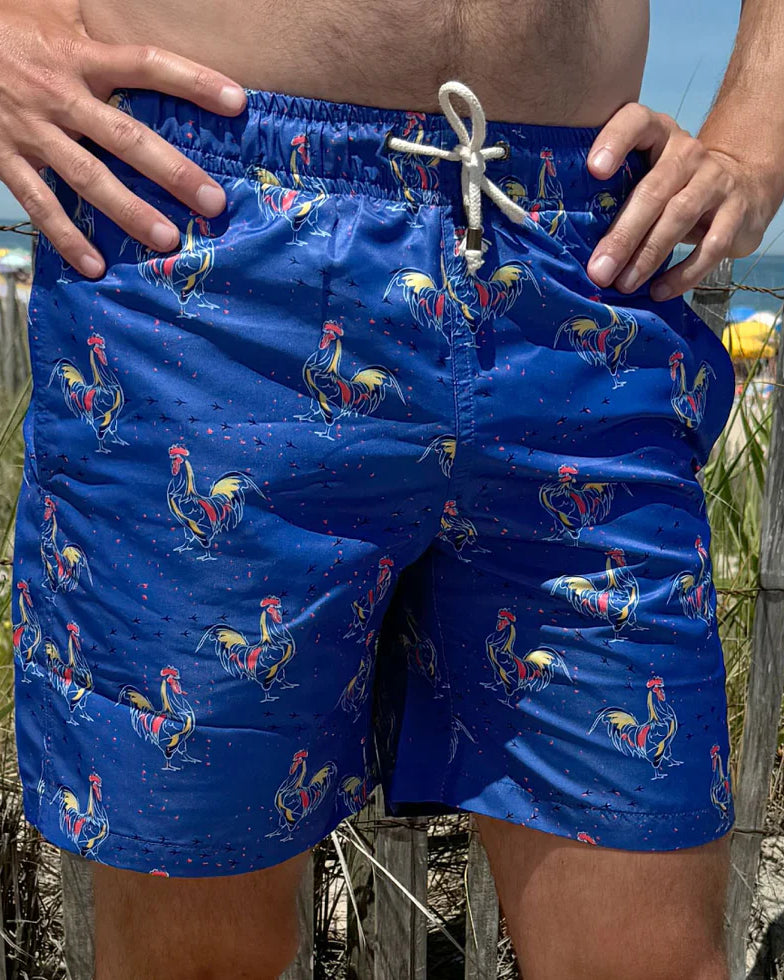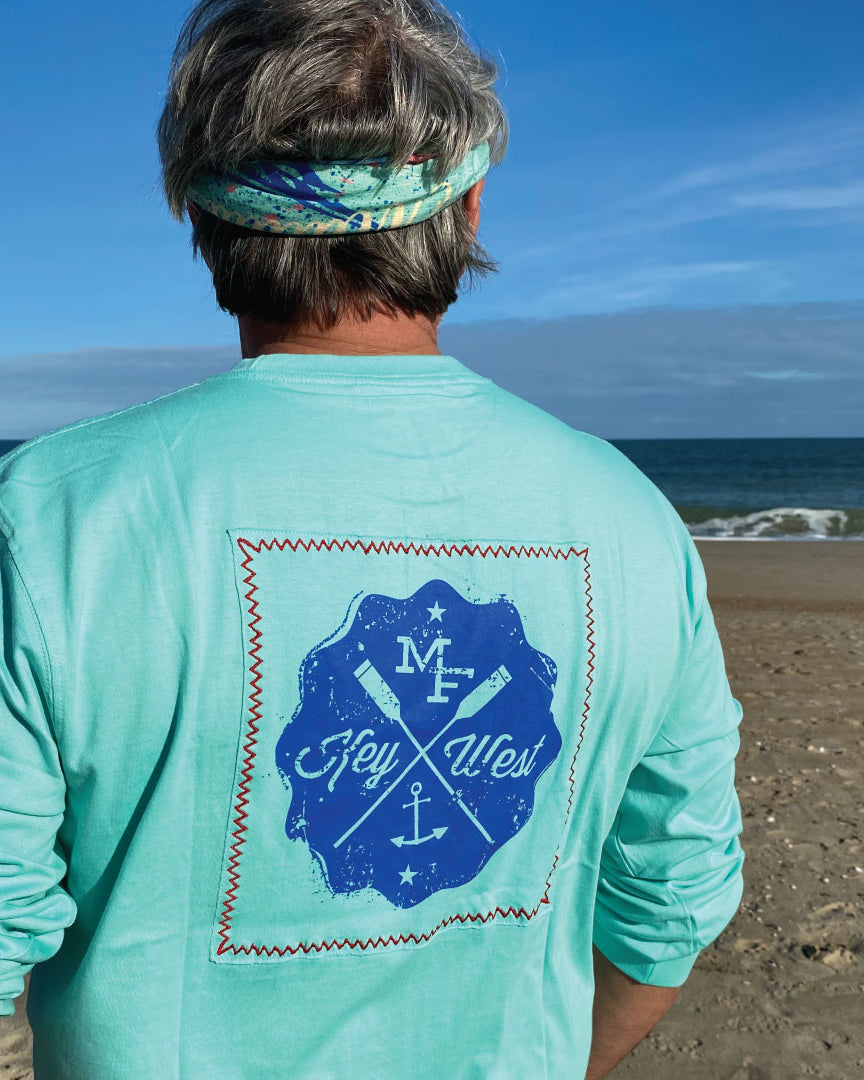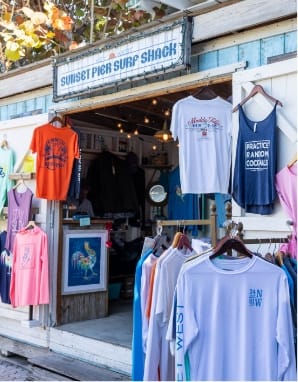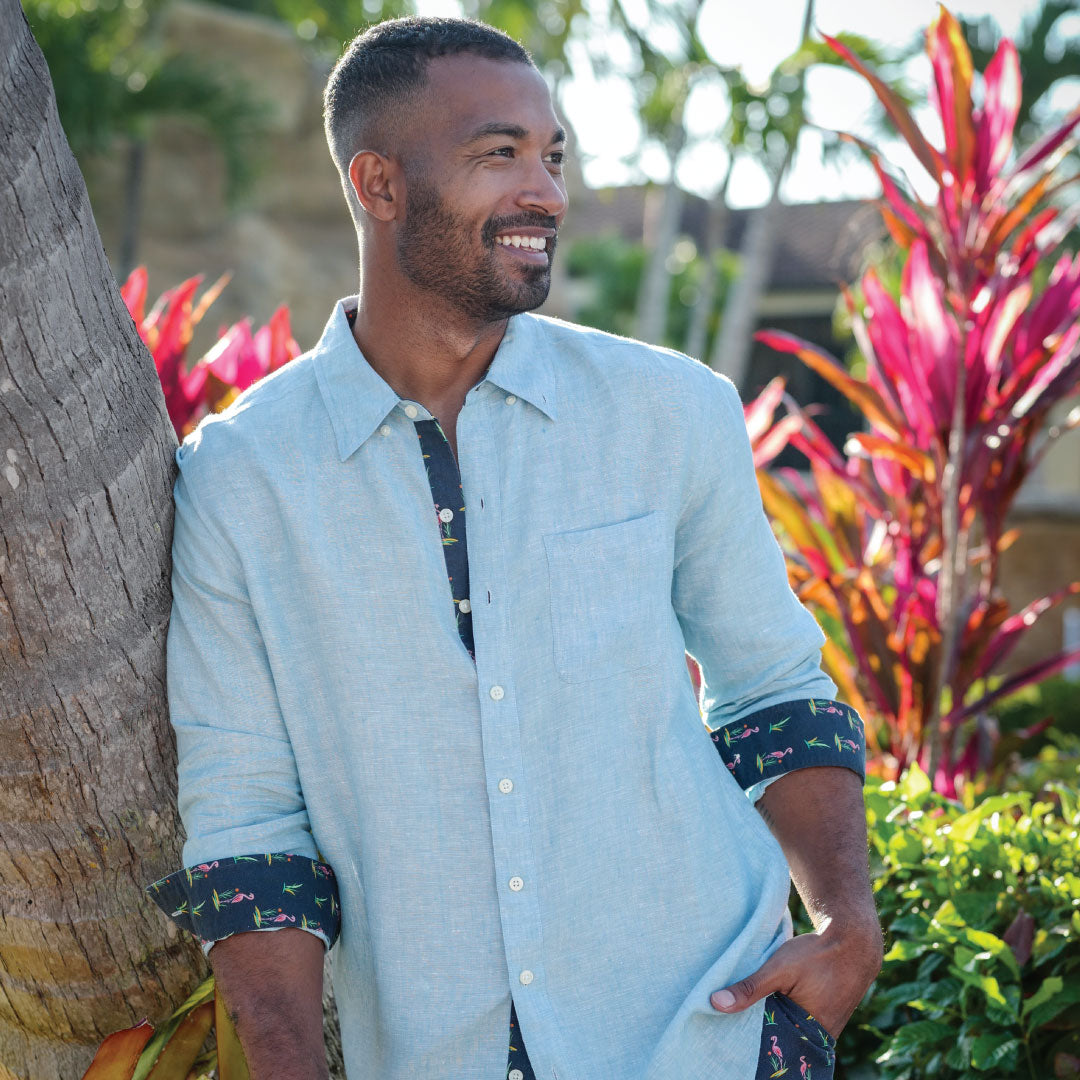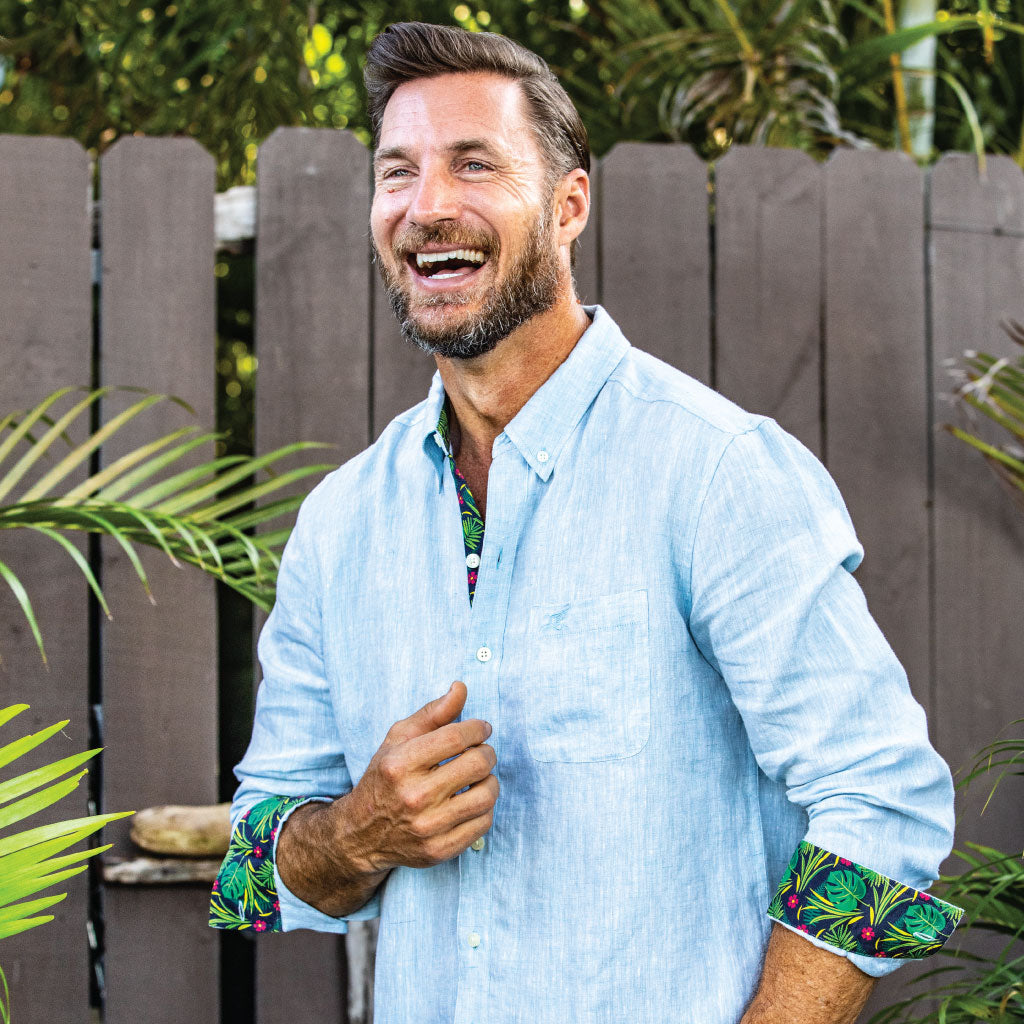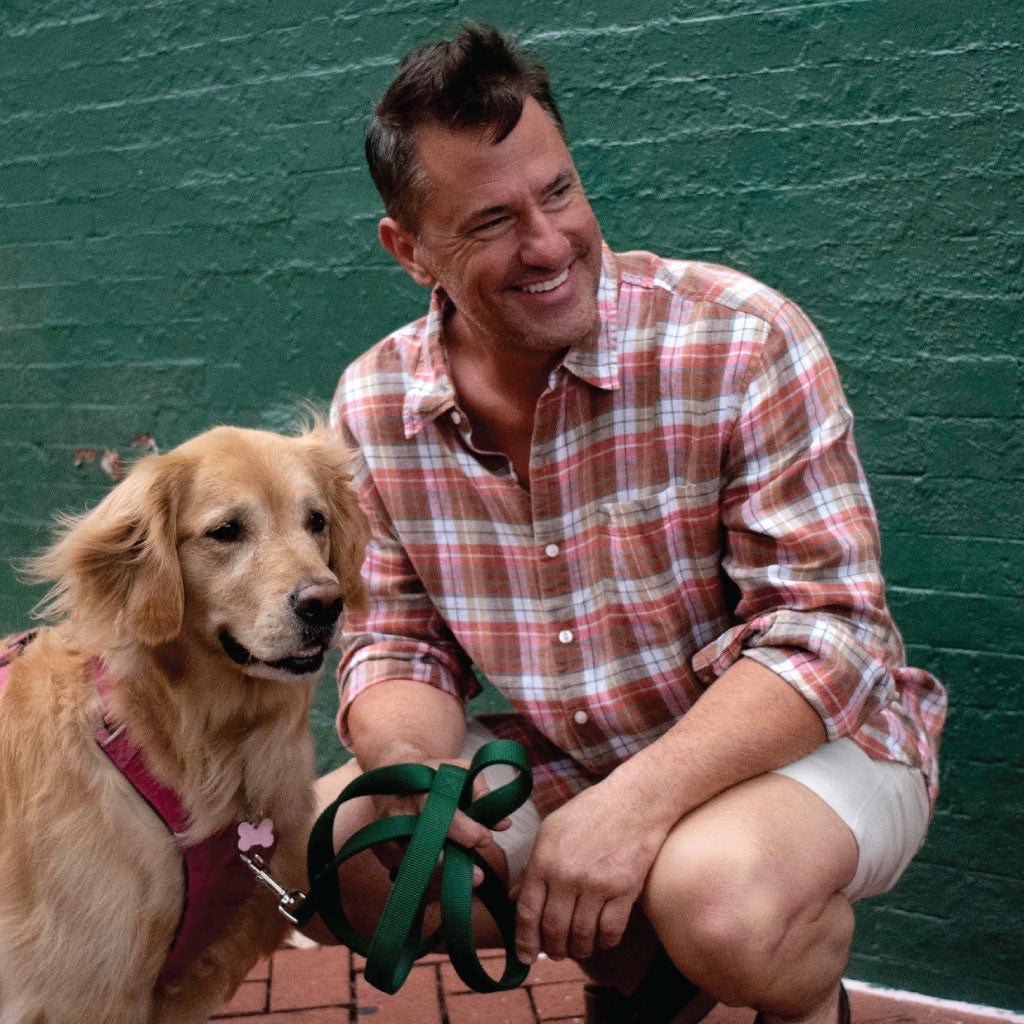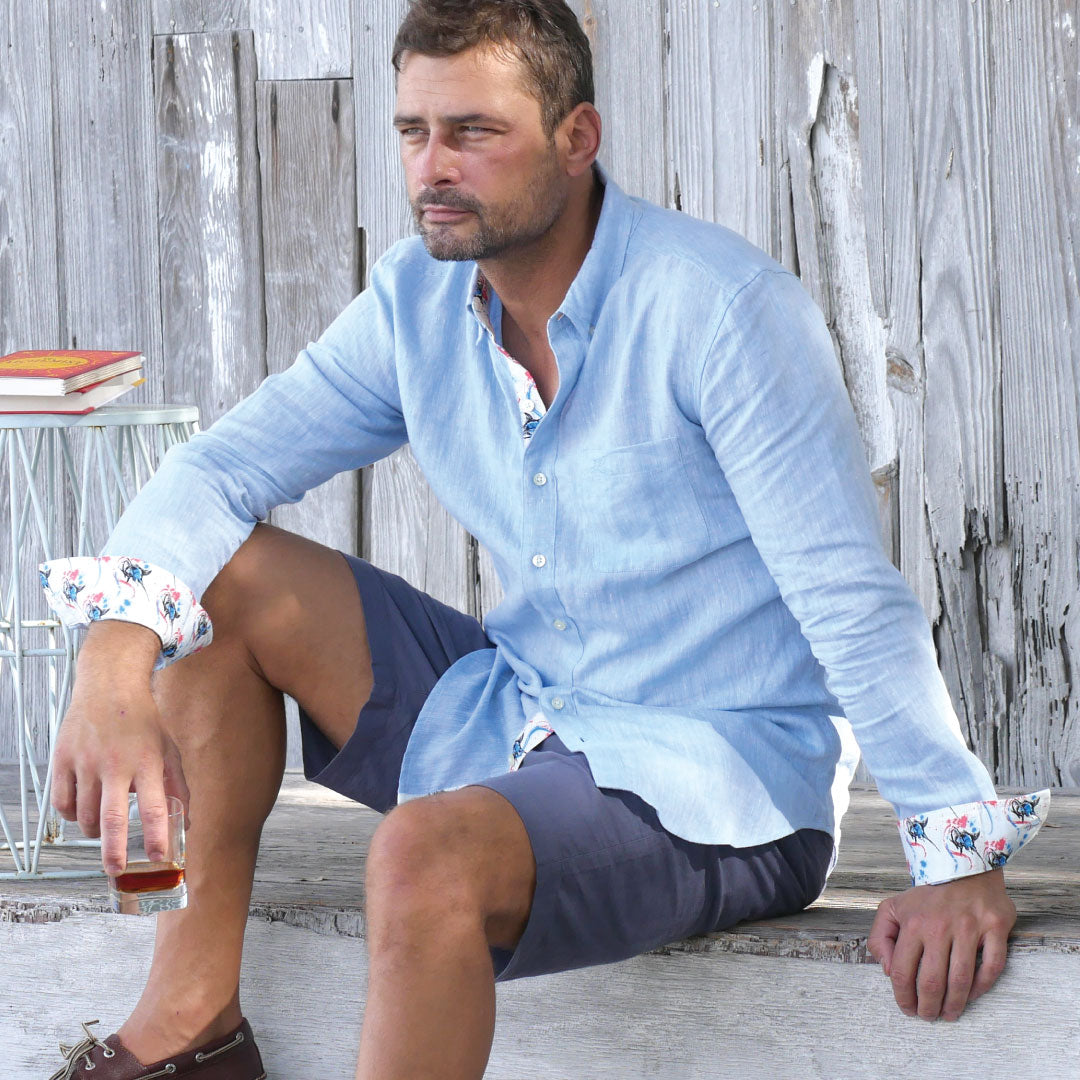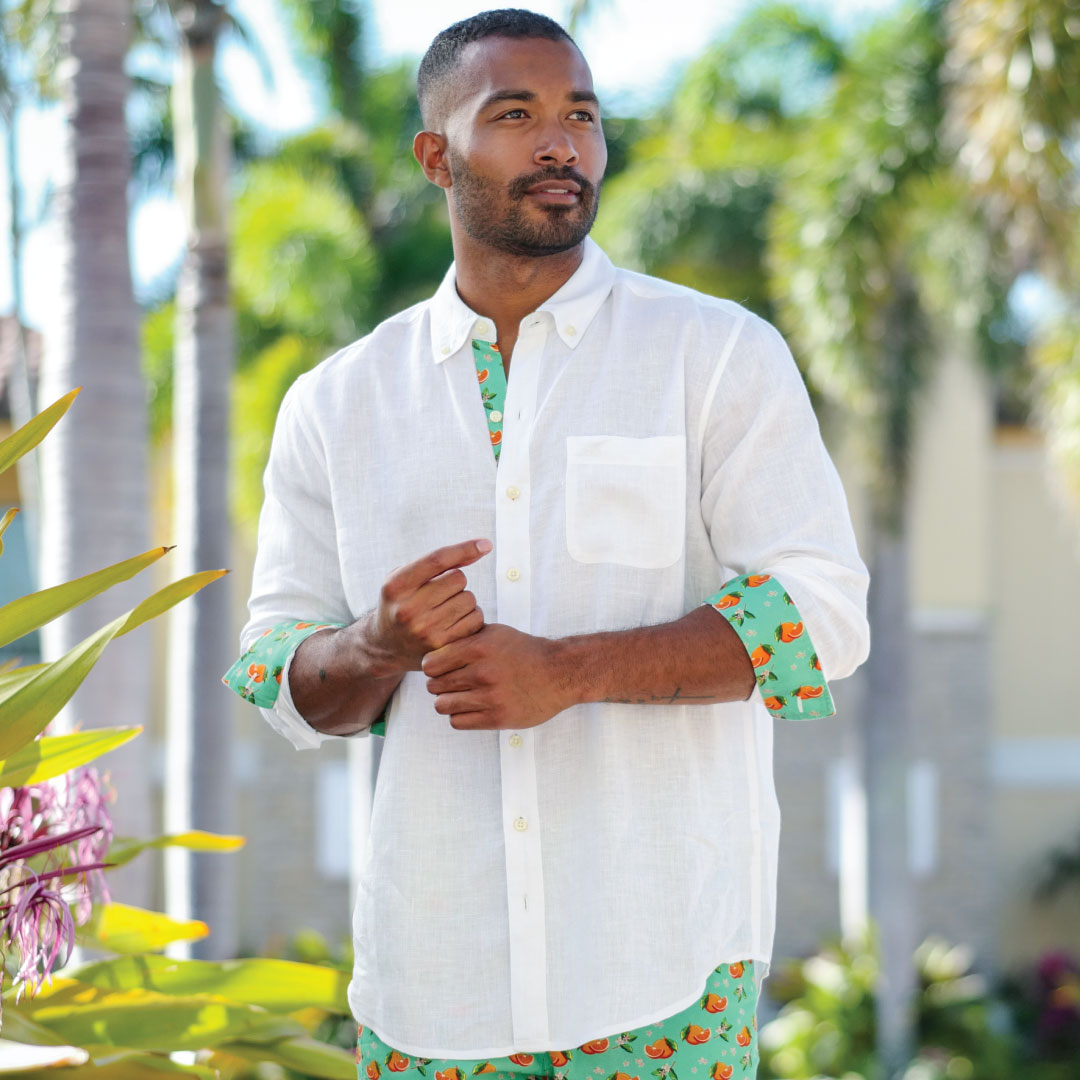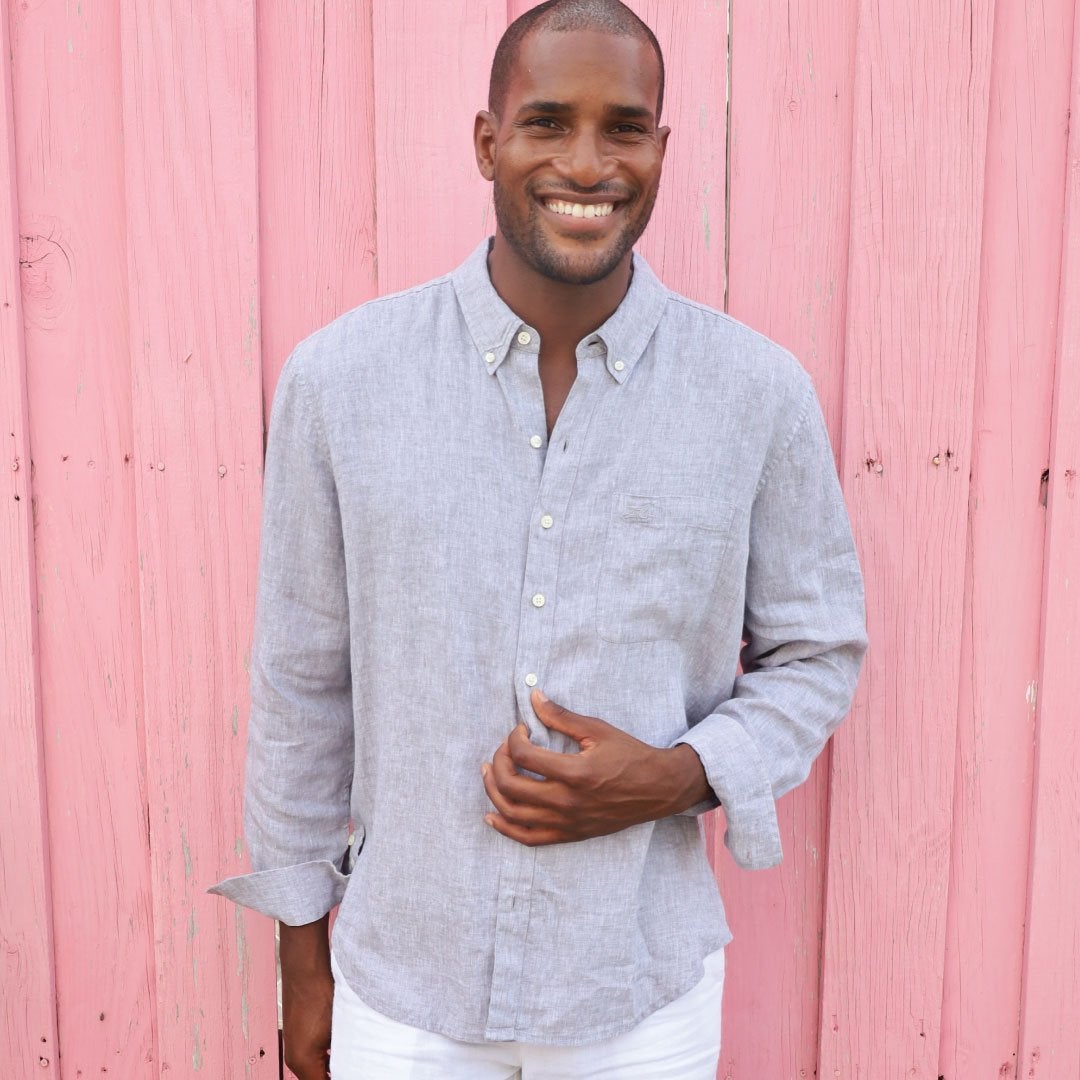
Looping Around
Introduction
Aboard your cruiser, rocking on the gentle morning waves of Lake Michigan, you gaze at the soaring, iconic Chicago skyline. It is late September, with a crisp bite to the air. The trees rimming the lake are shimmering in golden hues.
As the sun breaks the horizon, you embark on your loop.
Cruising the Great Loop is an experience like no other. It has become increasingly popular as a distance cruise with all the amenities of a coastline sail. The “loop” is a continuous waterway that travels down the inland rivers, through the Gulf of Mexico and around Florida, up the Atlantic Intracoastal Waterway, through the New York and Canadian canals, and across the Great Lakes. There are hundreds of boats completing this journey each year.

You can start at any point on the loop, cruising past incredible sights and stopping at memorable locales along the way. This trip takes you straight through downtown Chicago, past the Statue of Liberty, through historic canals and the rivers of the heartland. You will visit at least 15 US states and Canadian provinces. Some boaters even tack on a side trip to the Bahamas while on the southern portion.
The loop is typically done in a counter-clockwise direction to take advantage of the natural current of the inland rivers. Depending on the route and any detours taken for sight-seeing and side trips, your journey could be a minimum of 5,250 to as many as 7,500 miles. Most loopers travel an average distance of about 6,000 miles.
Your journey can take from as little as two months to several years. Again, it all depends on your priorities. If you want to stop and explore the sights along the way, it will take longer, if you just want to cruise through, it will be shorter. On average, most people spend a year along the route.
Many segments are best passed during certain seasons. Some facilities in the northern part of the loop close during the winter months and are best passed during the warm summer months. Fall is the best time for the inland river passage, and who could resist a winter in the Gulf and Keys?
Anyone who completes this journey, earns the title of “Looper.” In fact, the activity is so popular, there is an organization dedicated specifically to it: the America’s Great Loop Cruiser’s Association. This group provides its members navigation charts, tips, and even boating and training seminars to ready for the trip.
What are the Waterways?
The Cruiser’s Association has a Public Interactive Map with details about the various routes taken. They list the following primary waterways:
• The Atlantic Intracoastal Waterway
• The Chesapeake Bay
• The Chesapeake and Delaware Canal
• The Atlantic Ocean from Cape May to New York Harbor (or inland waterways through New Jersey)
• The Hudson River
• The Erie Canal (or a popular route option on the "Triangle Loop")
• The Oswego Canal (or continue on the Erie Canal to Lake Erie)
• Lake Ontario
• The Trent-Severn Canal
• Georgian Bay
• Lake Michigan
• The Illinois River
• The Mississippi River
• The Ohio River
• The Tennessee River
• The Tennessee-Tombigbee Waterway
• Mobile Bay
• The Gulf Intracoastal Waterway
• The Okeechobee Waterway (or continue on the Gulf Intracoastal to the Keys)

Photo Credit: Super Loopers
The Loop Segments
The loop can be divided into four, seasonal segments:




Fall: The Inland Rivers
Starting off in the great city of Chicago and cruising through the middle of downtown, your journey has a majestic beginning. You will travel approximately 1,300 miles along the Tennessee-Tombigbee Waterway, flowing along with the current through inland lakes and rivers. For an alternate path, one can take the Mississippi River all the way to the Gulf of Mexico; however, there is increased large ship traffic on this route.
Sights to see along the way: downtown Chicago, Cahokia Mounds, Fort de Charles, Mark Twain Boyhood Home and Museum, and Gateway Arch National Park.

Winter: The Gulf of Mexico/Florida
By the time the weather begins to cool in the northern regions, you will be down in the sunny, warm waters of the Gulf of Mexico. There are several paths through this region. The Big Bend/Nature Coast follows the Florida Panhandle coastline and goes along the Gulf Intracoastal Waterway. From there, one can cut through the Okeechobee Waterway. Others take the direct route across the Gulf toward Tampa or follow the Florida coastline to the Keys. Still others take a side trip to the Bahamas as they round the coast of Florida.
Sights to see along the way: Barrier Islands, Flower Garden Banks National Marine Sanctuary, beautiful beaches, Everglades, Ten Thousand Islands, and the Florida Keys.

Summer: New York/Canada
By early summer, you will loop through the Chesapeake Bay to New Jersey. After that, some continue to follow the New Jersey Intracoastal Waterway, while others take the ocean route. Further north, more options await. One choice is to go through the waterways of New York into Canada via the Erie and Oswego Canals. Another is to take the “Triangle Loop:” Lake Champlain, St. Lawrence Seaway, and Lake Ontario. From here, you can explore multiple stops in Canada. Finally, you will make your way through Lake Michigan and back to Chicago.
Sites to see along the way: Trent Severn Waterway, an historic site with 44 locks; Thirty Thousand Islands area, with clear waters and 10’ visibility; Erie Canal; and the Thunder Bay National Marine Sanctuary.

Things to Consider
The Loop has been done in all types of boats: differing heights, depths, widths, and classes. The biggest things to consider are your personal needs as you will be living on your boat for an extended period of time. Overall comfort and safety play huge roles. There are really only a few design issues to consider when looking to do the Loop.
Maximum Draft (Height): Bridge heights along the course vary, with the lowest unavoidable bridge at a height of 19.6’ on the Illinois River. Your vessel must be able to pass under this height, either on its own or by the ability to lower anything reaching above that height. In some cases, your draft will dictate the route you can take, as some routes have lower bridges than others.
Maximum Water Draft (Depth): The safest and most versatile water draft (maximum depth for your boat) is five feet (5’). If you draw more than that, you may have trouble in some areas of the Canadian canals or the Atlantic Intracoastal Waterway during low tides.
Maximum Length: While there is no restriction on how long your boat can be to make the Loop, remember that docking fees are more for longer boats. Navigation may be more challenging in some of the tighter waters along the Loop. The only length restriction along the route is 84 feet, but there are routes that can take you around that spot if your vessel is longer.
Maximum Beam (width): Most cruising vessels do not have a width that would present a challenge on the Loop. The narrowest width of a lock along the route is 23 feet.
Recommended Fuel Range: The minimum fuel range that your boat needs to be able to accommodate is 250 miles. If your boat cannot make that range, then you will have to carry additional fuel for those longer segments. If your vessel is gasoline powered, those distances may increase as some stops are diesel only. In the past, fuel sites have been closed for one reason or another, so check on the next site before you depart.
Clearing Customs in Canada: Check the United States Customs and Border Patrol website for information on what you need to transit between the two countries.
Navigation: Make sure you have all necessary charts for segments along the way. Buoy locations can change depending on water conditions, so it is important to maintain awareness of up-to-date conditions.
Conclusion
With so many things to see along the way and so many memories to be made, it is no wonder that cruising the Great Loop has increased in popularity over the years. Not just for those who have reached retirement age, connectivity over the internet has allowed cruisers to take the route while continuing to work from “home.”

Even the family can come, as kids can continue remote schooling onboard while learning valuable life lessons and the history of each region through which they cruise. Imagine the lessons in ecology, biology, science, geography, and community that can be taught along the way!
Indeed, life on the loop can be an exciting getaway and the adventure of a lifetime.
Special thank you to Kim Russo, Director of America’s Great Loop Cruiser’s Association, for her invaluable assistance in coordinating permission to use the Loop map and arranging for use of the photographs!
Credit for the amazing pictures in this article belongs to Janice Nagle Russell! Thank you for allowing us to include them!
looper approved

Castaway
Whether exploring a secluded island or strolling the boardwalk, you will appreciate the comfort and style of the Castaway pullover. A perfect companion to a soft t-shirt on a breezy night, this vintage design can take you from après swim to a casual gathering with ease.




